Each group encountered obstacles during this process. Some had interpersonal conflict as they sought to plan, and others struggled to find a common meeting time. They fought to choose texts they wanted to donate or discuss. They held fiery debate over how best to present materials to their audience. They (and I!) wrestled with technology. In sum, they behaved like budding professionals, learning how to negotiate their way towards a successful program.
Do you use Service Learning in YA? Tell me about it! I want to learn from you. [email protected]

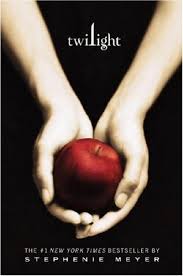
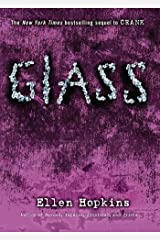
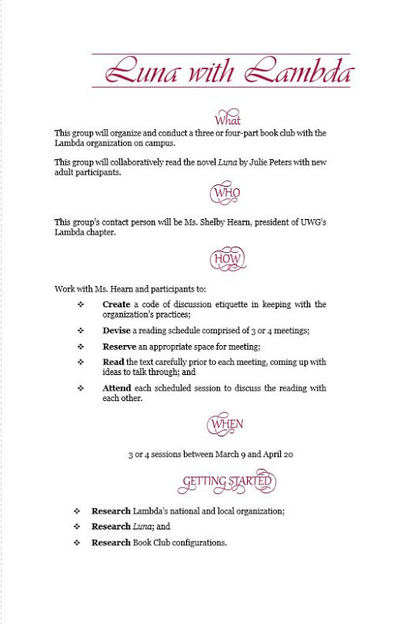
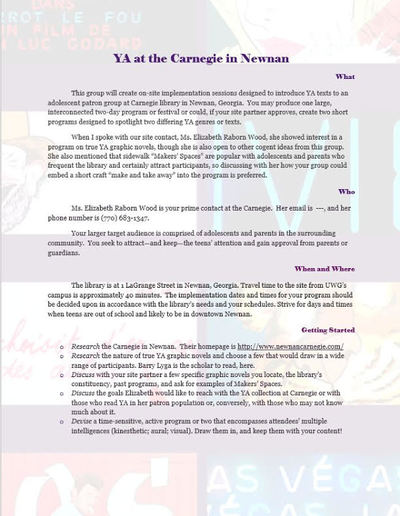
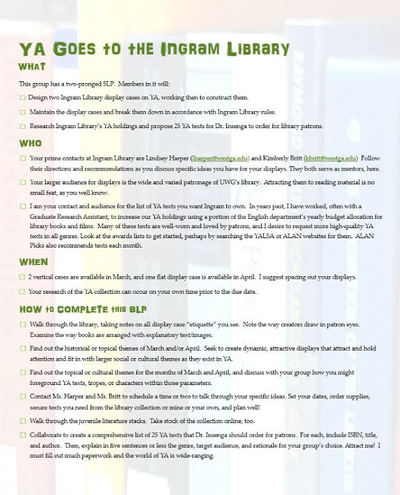
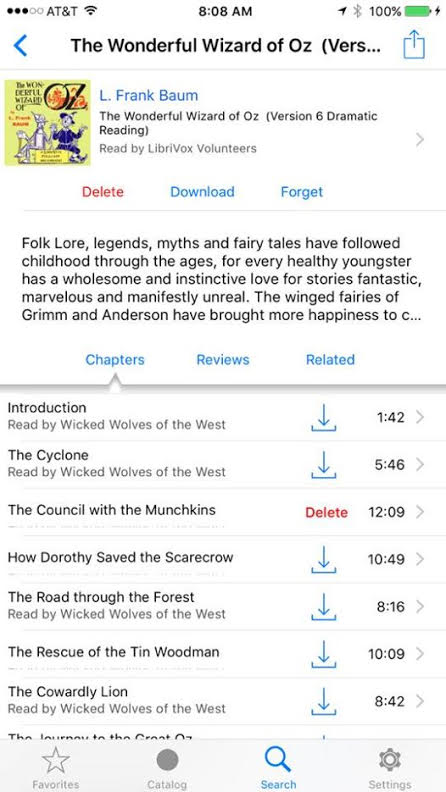
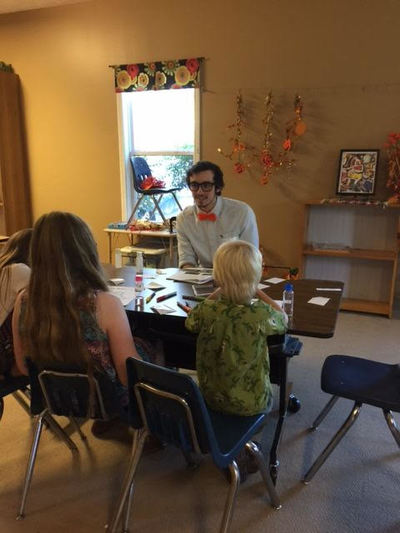
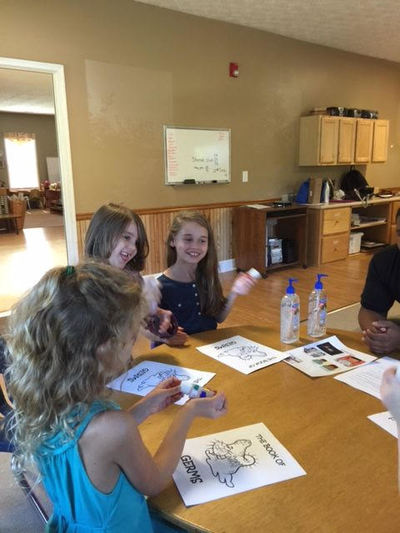
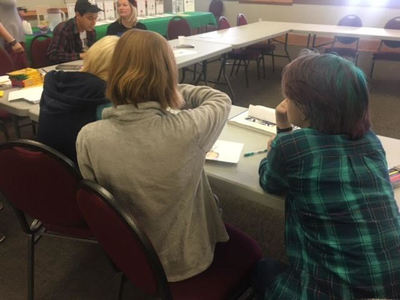
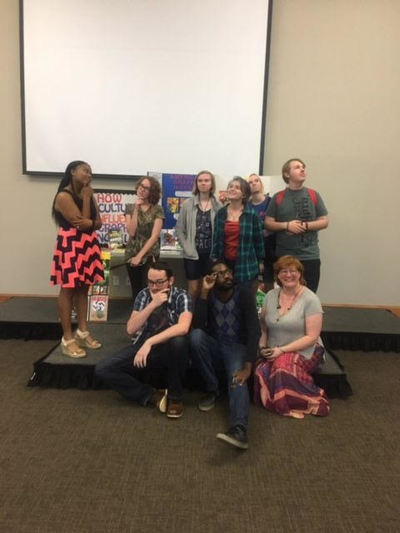

 RSS Feed
RSS Feed